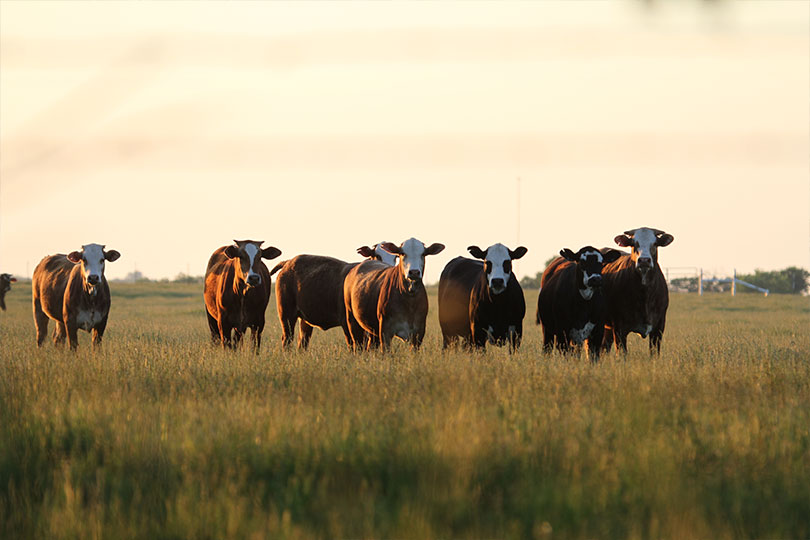By Shelby Shank
Field Editor
Continued demand for beef and tightened supplies due to drought are expected to push cattle prices higher.
Dr. David Anderson, Texas A&M AgriLife Extension livestock market specialist and professor, spoke to Texas A&M Beef Cattle Short Course participants about rebuilding the cattle herd and the growing demand for beef, despite high retail prices.
“Folks are still buying beef,” Anderson said. “Beef is something that’s in demand, and that’s part of the reason for record high beef prices. We have demand for something that’s tightening in supplies.”
Rebuilding the cattle herd is largely dependent on drought conditions, feed costs and beef prices.
Beef heifers held back as cow replacements are the lowest in 50 years and are not expected to increase significantly in 2024, but Anderson said ranchers are sending fewer cows to slaughter.
“We have historically low numbers of heifers held back for replacement. We continue to send older cows to market at rates that suggest we’ll have fewer cows next year than this year,” Anderson told the Texas Farm Bureau Radio Network. “But again, drought will limit some areas of the country, and we may not see that start in a big way yet. It may still be next year off from now.”
Ongoing drought has fueled the contraction in cow numbers, and he said it will be difficult to expand quickly while areas around the U.S. remain in drought.
Anderson predicts the industry could expect beef production to decrease by 6% in 2024 and see even less production throughout 2025 and 2026. This indicates tighter production and smaller supplies of beef for consumers.
“We’re producing the highest USDA quality graded beef in history,” Anderson said. “We are supplying exactly what consumers want. This is really a positive picture for the overall market going forward.”
But weather, inflation, rising interest rates and general economic uncertainty will continue to affect the speed at which ranchers begin rebuilding cow herds.
”We’re in this kind of interesting time in the cattle market,” Anderson said. “Interest rates are much higher than they were the last time we did this, which means that with higher rates, it’s more expensive to rebuild the herd. Borrowing money’s going to be more costly.”


Thanks for the information